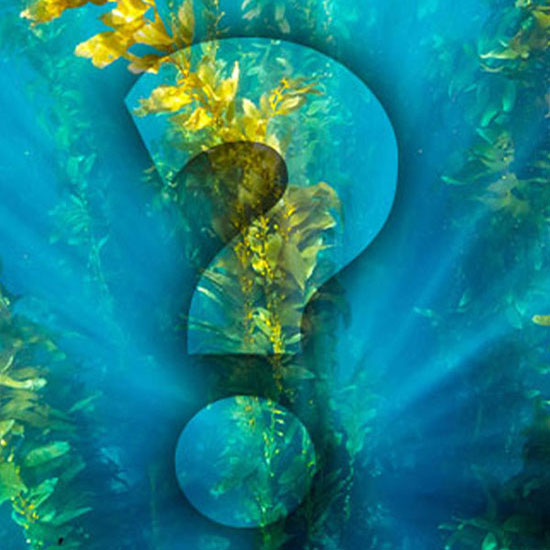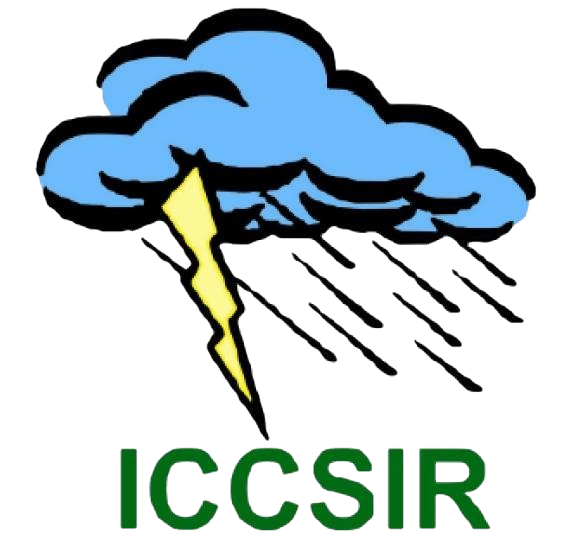Seaweed
What are Seaweed
The term seaweed includes marine, macroscopic, multicellular and photosynthetic algae. Seaweed are one of the living renewable resources that are relatively under-utilize. Seaweed occurs naturally in coastal waters worldwide.
The term seaweed includes marine, macroscopic, multicellular and photosynthetic algae. Seaweed are one of the living renewable resources that are relatively under-utilize. Seaweed occurs naturally in coastal waters worldwide.
Sustainability pertaining to human food is a key challenge that needs to be comprehended with respect to burgeoning global population. Nevertheless, with the era of seemingly inexpensive and plentiful resources coming to an end, harnessing non-conventional biological feedstock is pivotal.


Type of Seaweed
Seaweeds are classified into three broad group on the basis of pigment content: Chlorophyceae (green), Phaeophyceae (brown), and Rhodophyceae (red). Phylum Chlorophyta contains chlorophyll a and b, Phaeophyta contains fucoxanthin and Rhodophyta contains phycobiliprotein.
Phylum Chlorophyta subdivided in to four classes: Bryopsidophyceae, Dacycladophyceae, Siphoncladophyceae, and Ulvophyceae. Green algae with Chlorophyll pigment content comes under phylum Chlorophyta.
Chlorophyta phylum contains about 1500 species of green algae. Brown algae normally classified as Phaeophyceae comes under phylum Chrysophyta. Under phylum Chrysophyta 1500 – 2000 brown algae species reported. Red algae containing phylum Rhodophyta is divided in two subclass: Florideophycidae, and Bangiophycidae. Rhodophyta phylum contains about 6000 reported species.
Product and Application
Seaweed as source of commercial products gain much importance due to their valuable products including natural pigments (Chlorophyll, phycobiliproteins, xanthophyll) for human health, hydrocolloids (agar, carrageenan, alginate, ulvan etc.) for food additives, Vitamins, minerals, polyunsaturated fatty acids (PUFAs), protein and amino acids for nutrition, and cellulose for bioenergy.
Major targeted industries depend on seaweed based products are: Agriculture industries, Food industries, Dairy industry, Pharmaceutical industries, Cosmetic industries, Textile industries, Animal husbandry, Biofuel and bioplastic industries.


Seaweed Cultivation
Seaweeds farming represents an important component of aquaculture production and accounted for more than 33 million tonnes fresh weight (about 28% of total aquaculture production). The continuous exploration of seaweed resources for newer products in food, phycocolloids, fine chemicals, cosmetics and agro-industry has given rise to their overwhelming demand worldwide.
Despite the growing demands for seaweed production, there have not been radical developments in seaweed aquaculture technology and lags far behind that of agriculture and animal aquaculture in terms of transformation in production practices and output.
In seaweed farming, primarily vegetative fragments or reproductive cells (spores or gametes) from seaweeds are used as a source of seedlings (propagules) for propagation in the sea .The vegetative propagation has undoubtedly been successful for those seaweed species with higher proliferation potentials of vegetative fragments as in the case of Kappaphycus, Gracilaria, Gelidiella, Gelidium etc.
Seedling fragments are directly planted on 3 mm (dia.) polypropylene rope (Garware make) of appropriate length at regular intervals. Each rope is held floating in the water column below the surface with appropriates size floats at regular intervals as shown in the figure below. Anchors stones (suitable weight) are used at each end to hold the seedling rope steadily in the water column. The seedlings grown for 40-45 days attains their full growth.
These lines ready to harvest are towed ashore and the ropes are detached and brought to the beach where the materials are pulled out from the lines manually. In the majority of cases, spores have been used as a source of seeding material for farming of those seaweed species (Porphyra, Pyropia, Ulva, Monostroma, Saccharina, Undaria etc.) found with greater reproductive potentials. Spores are seeded on artificial substrata and cultured in land-based seedling rearing facility under controlled conditions till attaining suitable plantlet size needed for transplantation.
Following the seeding operations, the ropes with growing plantlets were out-planted in the open sea for field cultivation. This kind of practice could continuously supply the seedlings for cultivation but the success largely determined by reproductive potentials of species and thus is considered as a major limiting factor.


Seaweed Processing
In temperate countries, most production has traditionally been for direct use as food while in tropical nations the bulk of seaweed farming is for phycocolloid production (mainly Eucheuma, K. alvarezii, Gelidium, Gracilaria).
Postharvest handling is very important and enables to maintain the harvested seaweed product clean and ready for the intended use or storage. Depending on several factors, handling can vary substantially and should be done only after determining that the harvested product is free of any contaminant that is detrimental to the shelflife and quality of the material.
